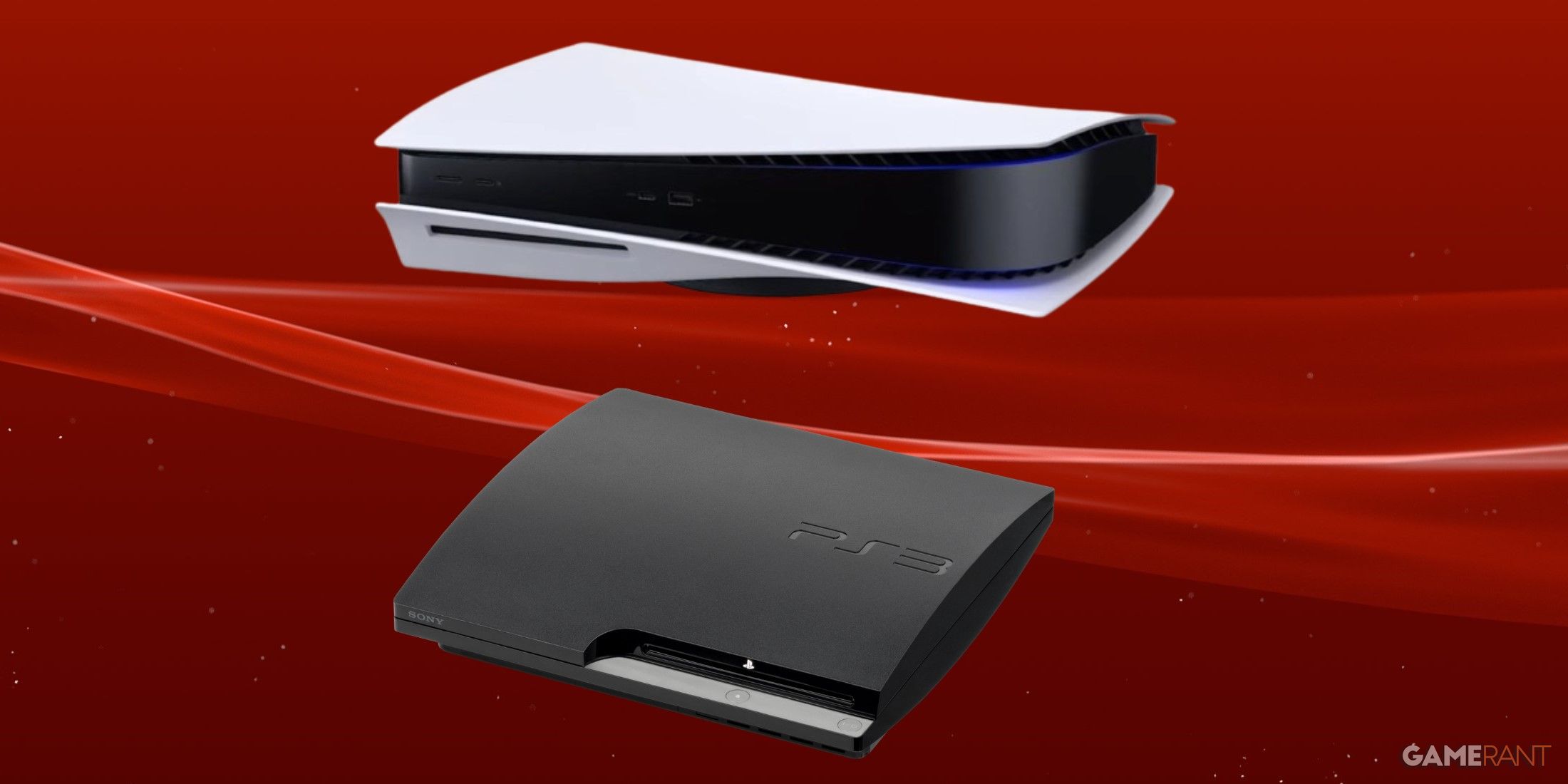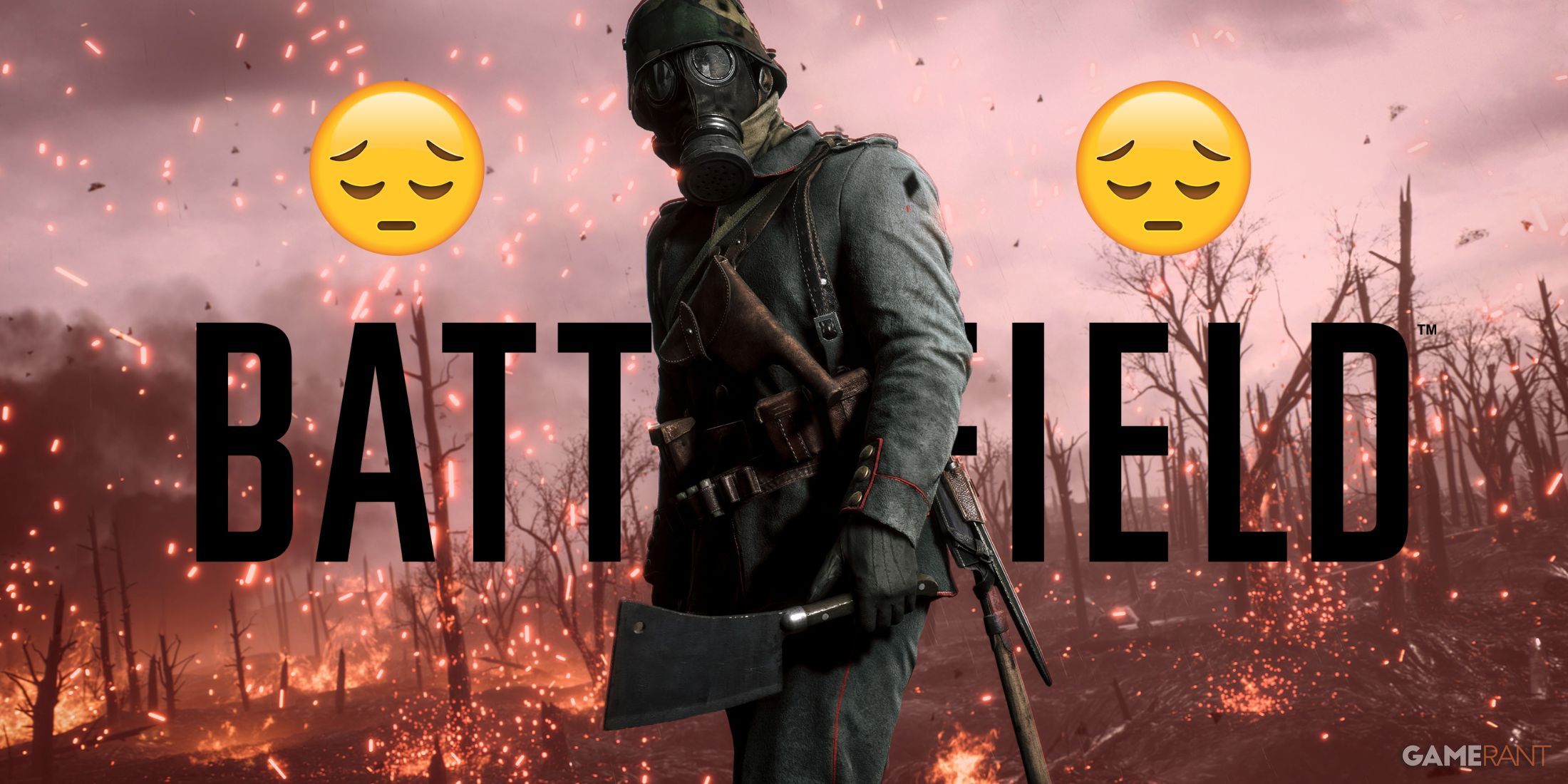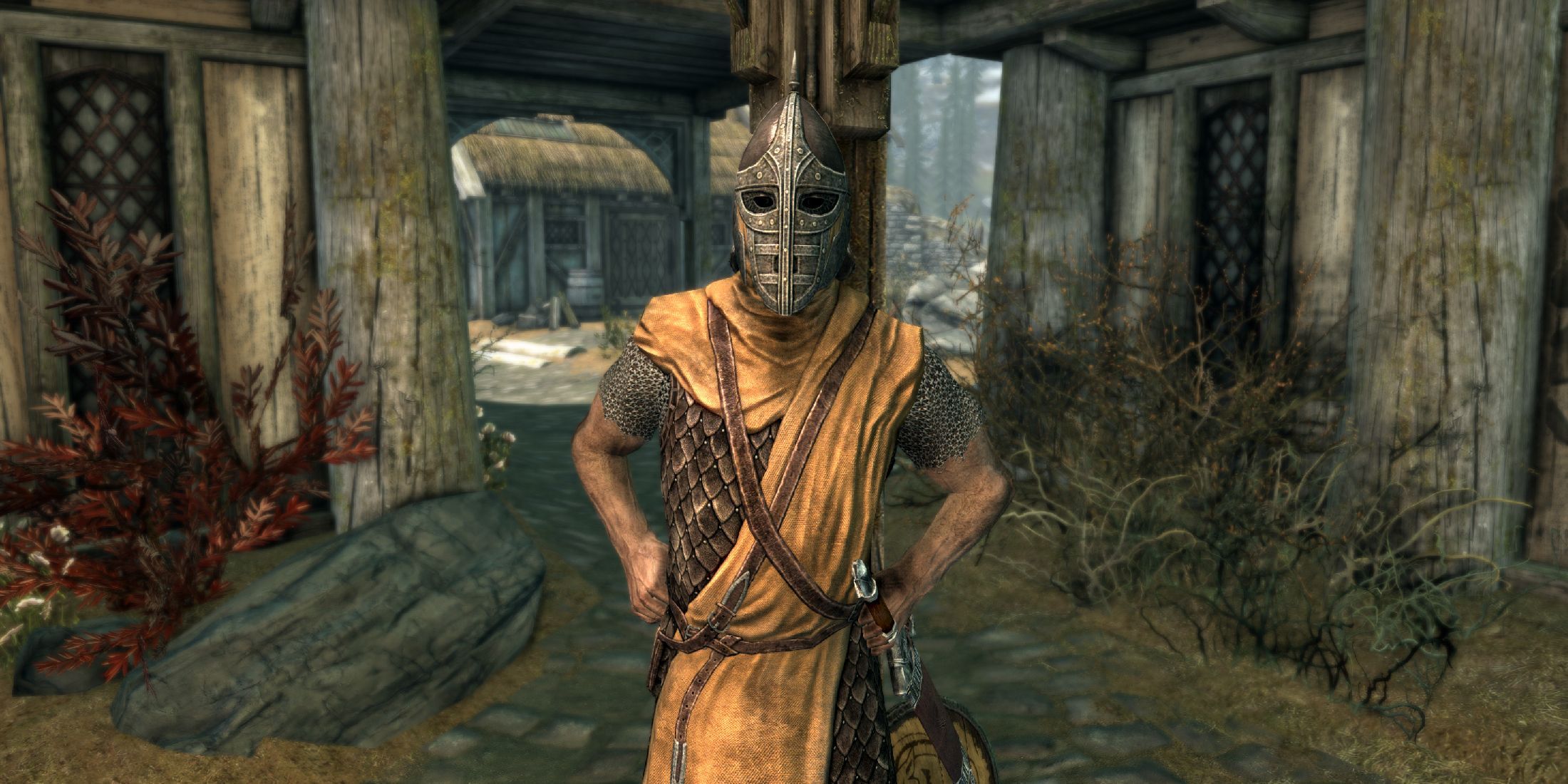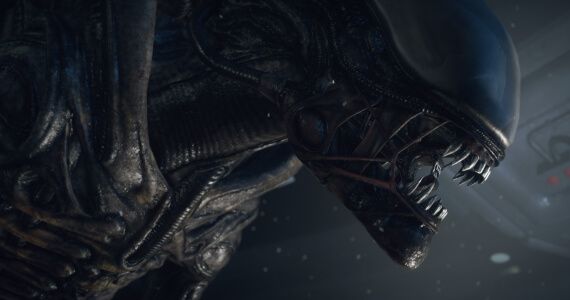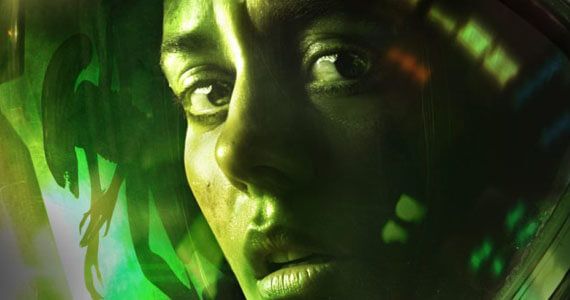It may seem foolhardy to actually be optimistic about any game based on the Alien series, after disappointing releases were outshone by the critical catastrophe known as Aliens: Colonial Marines. But ever since the announcement trailer appeared for Alien: Isolation, things have begun to look up.
Developed by Creative Assembly to be a survival horror experience at its core, the team is trying to stay true to the original film's villain. How? According to the team's lead, by introducing a Xenomorph that is lethal, reactive, and completely unpredictable - even to them.
Fans of the original film know that if one theme flowed from start to finish, it was the crew of the Nostromo coming to realize that they were simply no match for the Xenomorph aboard their ship. No quick-thinking, traps, or schemes could save them, and the hero of the film - Ellen Ripley (Sigourney Weaver) - survived through silence, care, and avoiding the alien creature at all costs.
That might not sound like the kind of experience fit for a triple-A gaming audience, but it's one that the team at Creative Assembly believed had been missing for too long. The pitch of 'the Alien game you've been waiting for' took a serious beating after Colonial Marines, but creative lead Alistair Hope still believes that for fans of Ridley Scott's film, there must be "a more meaningful interaction than having the alien at the end of your barrel."
Speaking with Edge-Online, Hope admits that those working on Isolation were a little too naive in thinking that the negative reaction to Colonial Marines might hurt their own venture. But if nothing else, the outcry from fans over a slower, less frenzied Alien game prove they're on the right track. At the time they were unable to cheer that they were in the process of doing just that, but are now even more committed to their vision.
For starters, one Xenomorph offered Ellen Ripley more than enough of a threat to keep audiences engaged. For Isolation, the team is thrusting Ellen's daughter Amanda Ripley into a similar situation - and that doesn't just refer to the single alien she'll be seeking to avoid. Lead designer Gary Napper explains:
"We have a lot of callouts to the original film... Just like the movie, there are other threats present on the station we have to worry about. But the original premise was always Amanda Ripley, the flight recorder from the Nostromo and the alien. We came up with all these great ideas for stories, big events and stuff, but each time we looked at it and came back to, ‘But it’s the alien I’m terrified of.’ All this stuff is supportive, but this story is all about the alien."
Those who have seen the film (or indeed, any of the sequels) know that the Xenomorph isn't the only threat when money and research is on the line, and Amanda Ripley will be learning the same lesson. Once arriving at the space station Sevastopol in pursuit of the flight recorder and leads on her missing mother, Ripley finds the station empty, littered with the corpses of humans and 'Working Joe' androids.
The only explanation is that a Xenomorph is lurking somewhere on the station, along with the station's remaining human and android population. But if you're counting on scripted chases or staying out of the Xenomorph's patrol paths, Napper has some bad news:
"The alien is systemic across the board. We can just drop the alien into an area and see how it behaves. It knows when it sees something and it knows when it just suspects something... Obviously, we bookend certain areas to give you an objective, but most of the time the alien is in the world and it’s hunting you. You’ll acquire some abilities you can use to defend yourself for a while, but then suddenly the alien stops attacking you. It stops doing what you thought it was going to do. You’re looking at this alien and something’s changed. It learns.”
That kind of AI enemy is typically the stuff of dreams, but lead artist Jude Bond backs up Napper's claims:
"Yes, it’s a piece of AI and it has parameters we can tune, but the alien’s network of behaviours is so insanely complicated, the thing is almost sentient. There’s a difference between artificial intelligence, where we know what its parameters and behaviours are at a glance, and it being so sentient we have to dig into the code just to find out why and how it did what it did during our playtests."
That freedom of decision-making and instinct means a wealth of context-sensitive animations and strategies, and one that still keeps the developers on their toes when playing internally (an experience they refer to as "going on safari," since they never know what the Xenomorph will do). Still, it might be best to hope that the developers have managed to capture the thrills of Alien, not necessarily push the science of artificial intelligence into a new era.
After all, the team first designed their game around the notion of how they themselves would react if a Xenomorph burst into the room. If that feeling can be captured, then the diehard fans will likely be pleased. Not only for the nostalgia offered by the 1970s era technology preserved for the game, but the way they impact gameplay. According to Napper, the player's now-famous motion detector (or "lifeline") is just on example of how less is more when it comes to terror:
"I think it’s brilliant that when you see the alien’s dot and the dot marking where you’re supposed to go line up, you panic. The alien’s always complicating simple jobs. When the fact that two dots on the screen line up terrified us, I realised we’ve managed to nail it."
Do you think Alien: Isolation will manage to avoid the criticism of its predecessor? Whether or not it's more of a horror game than sci-fi or shooter, is this a take on the franchise's fiction you're interested to see more of? Share your thoughts in the comments.
_____
Alien: Isolation will release on Xbox One, Xbox 360, PlayStation 4, PlayStation 3 and PC in late 2014.
Follow Andrew on Twitter @andrew_dyce.
Source: Edge-Online

